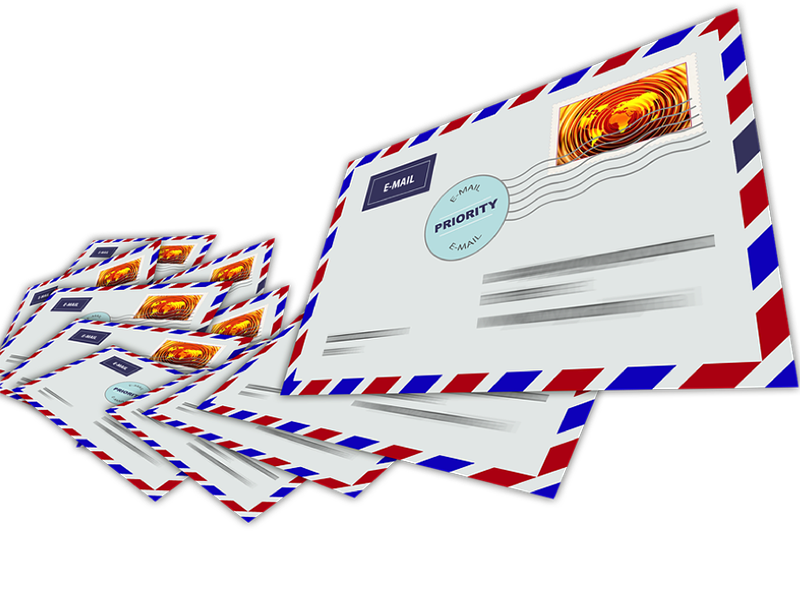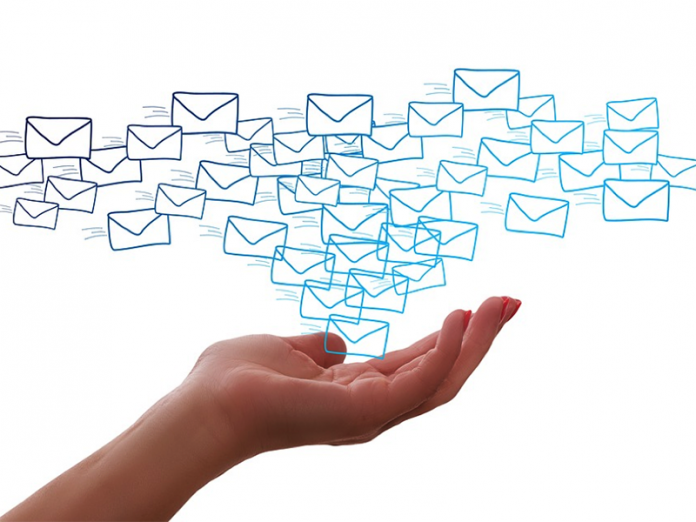When it comes to communicating within your business, whether to your clients, prospective clients, sales team, donors, or whomever, it is important to make use of templates for certain types of communication. Business templates are important for your customer base as they are designed to improve your customer engagement by giving you a document that is easy to read while clearly stating the information for your customers.
Email templates create the flow that is needed for customer interaction and can alleviate miscommunication as well as misunderstanding of the information sent. These templates can be integrated into your CRM and are designed to create aesthetically pleasing designs. These are used to engage your customers while also enticing them to visit your website, check out your new products, or purchase products or services on sale.
How To Use Email Templates
When it comes to email templates, you want to ensure that you make use of them correctly and efficiently. The professionals behind Cirrus Insight say that these templates are effective when communicating with your clients or even with your staff: First off, you need to communicate important company changes or policies well. Email templates can be used in order to communicate company policies and changes within your systems. They can also be used for your customer base to send out important information, such as updated Covid policies or the company’s policies on anti-discrimination.
Second, you can use templates to communicate product sales or service discounts. Email templates can also be created in order to showcase sales or discounts that you are offering at the time or coming up in the future. They can also be integrated with your social media and your website which can lead to a higher sales rate with a simple click to purchase or access the discounts.
Third, these templates are also used to communicate new product lines or new services offered. Email templates are a great way to highlight new products and new services that are offered in an engaging manner for your customer base. You can target your audience for these types of templates while creating templates for different audiences for the same new products.
What to Keep In Mind When Creating Email Templates
There are also efficient ways to create email templates once you have designated the reason to create one. With the help of these guidelines, you can come up with templates that convey your message better at the soonest time possible. First, you need to understand your audience. Always understand who you are trying to reach prior to creating your template. This is true for any type of communication with anyone in your company – both staff and your customer base. The type of industry that you are in will also impact your templates and the types that you will want to use. You can also use a modular template. A modular template gives you the opportunity to build your email as you need when adding more information to it. This also gives you the chance to add the information into the email in a clear, concise way that won’t come out jumbled.
Additional Tips To Creating Templates
Integration features are there for you! There are numerous integration features that can work with both your templates and the document that you want to work with when it comes to setting up how to display the information. These templates can leverage the functionality of both the document or information you want to include with the template that you are building.

You need to use variety when creating templates. Once you have created a template, be sure not to use the same one for all of your communications. You want to engage your customer or client base, not bore them. Any template can be changed with small variations that will give your new document or email something different than the last. You can also change the look, layout style, and the overall appearance of your templates at any time in order to keep your customers engaged based on the information you are trying to convey.
Another tip that will go a long way is to save and reuse your templates. Another benefit of creating these templates is saving and reusing them. Since you built your templates in the first place with the capabilities for changing them, then you can easily make the small changes that set each email or document apart from the last without having to start from scratch. You can simplify templates in the future using the base models that you have created from the past while also backing everything up each time for future use.
As you can see, there are many things to consider when it comes to making the right templates for all forms of communication. These templates can also be used for communicating with your company staff as well as important donors or your board. There are numerous ways to use and integrate templates into your communications that will give information in a clear and concise way.





































